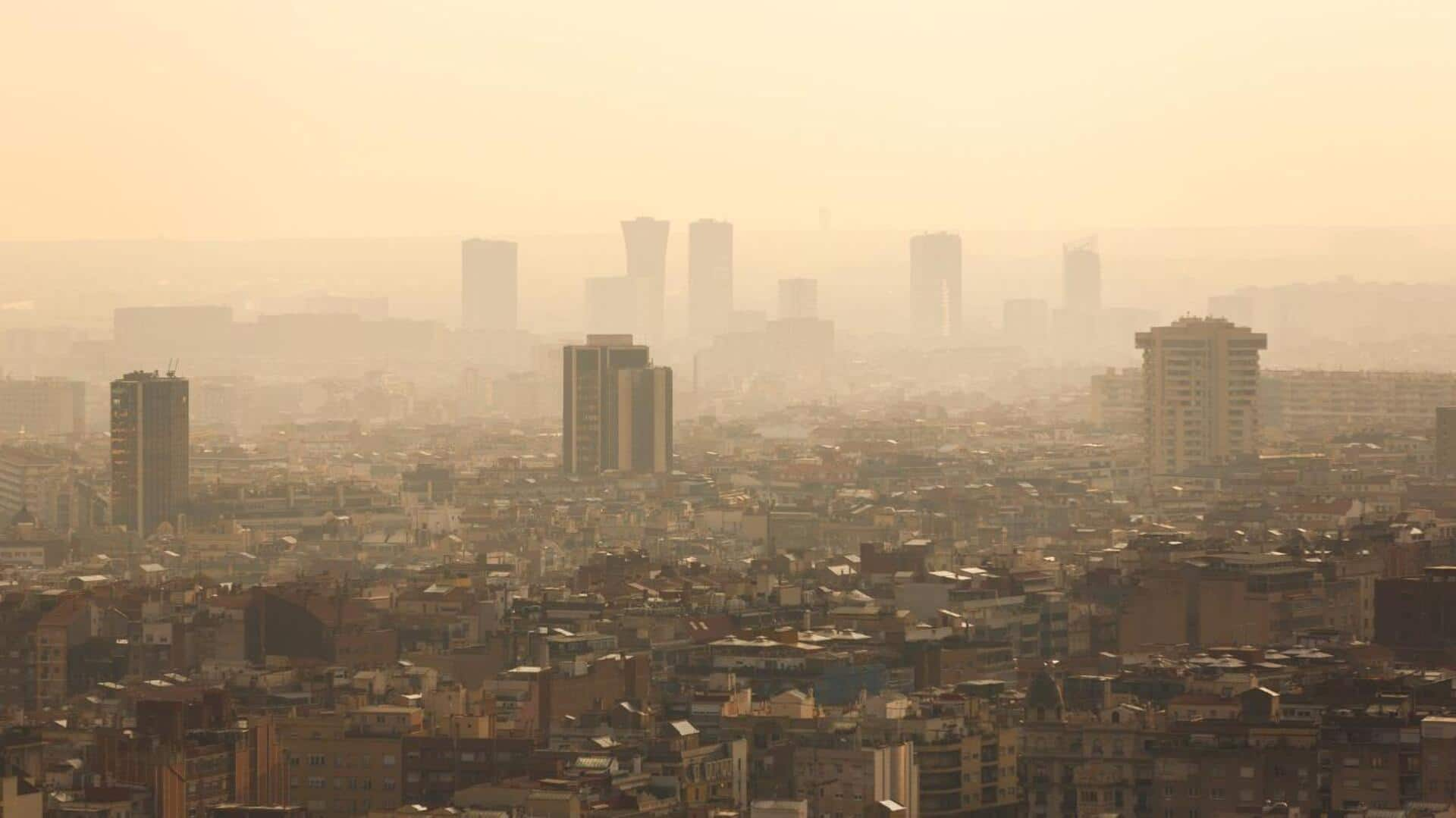
Urban air pollution worse for lungs than moon dust: Study
What's the story
A recent study has found that urban air pollution is more harmful to human lungs than moon dust. The research, published in Life Sciences in Space Research, was conducted by a team at the University of Technology Sydney (UTS). The findings challenge previous assumptions about the dangers of lunar dust to astronauts' health.
Historical context
Apollo astronauts experienced 'lunar hay fever'
During the Apollo missions, astronauts reported experiencing "lunar hay fever," which included symptoms like sneezing, scratchy throats, and itchy eyes. The irritation was caused by sharp moon dust that clung to their spacesuits due to static electricity. When they returned to their landers, this dust became airborne and was inhaled.
Research comparison
How the study was conducted
The UTS study used two types of lunar dust simulants—fake dust that mimics real moon dust from different parts of the lunar surface. These were tested on human lung cells alongside pollution particles collected from a busy city street. The results showed that while moon dust caused some irritation, it was much less harmful than city air pollution.
Health implications
Moon dust poses less risk to astronauts' health
The study found that moon dust only caused mild, short-term irritation and did not trigger significant oxidative stress, a key mechanism of chemical damage often linked to toxicity from small particles. This is a positive development for future space missions as it suggests that moon dust poses less risk to astronauts' health than previously thought.
Mission safety
Results contribute to safety case for returning humans to moon
The study's lead researcher, Distinguished Professor of Life Sciences Brian Oliver, said the results "contribute to the safety case for returning humans to the moon." The findings help NASA and other space agencies plan safer moon missions by reducing dust exposure. Strategies like keeping dusty suits outside habitats and using airlocks can be employed to protect astronauts' health during long stays on the lunar surface.